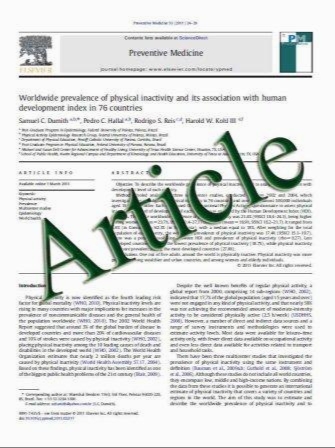Patterns of Progression in Malignant Glioma Following Anti-VEGF Therapy: Perceptions and Evidence
- نوع فایل : کتاب
- زبان : انگلیسی
- مؤلف : Wolfgang Wick & Antje Wick & Markus Weiler & Michael Weller
- چاپ و سال / کشور: 2011
Description
Antiangiogenic treatment has recently become an integral part of modern cancer therapy targeting the vasculature of numerous aggressive malignancies including glioblastoma. There is preclinical evidence that antiangiogenic therapies promote glioma cell invasiveness. In clinical series, upon progression on antiangiogenic therapy with the vascular endothelial growth factor–directed antibody bevacizumab (BEV), glioblastoma has been reported to display a more infiltrative pattern of recurrence. This distant spread at recurrence or progression and a gliomatosis cerebri-like growth pattern is best detectable on fluid-attenuated inversion recovery MRI. The frequency of up to 20% to 30% of such a pattern in BEV-treated patients is higher than expected to occur without BEV. Older reports and common clinical knowledge estimate the frequency of diffuse or distant spread in recurrent glioblastoma at 10%. This observation stimulated two streams of research. One is to overcome this often insidious adverse effect of antiangiogenic treatment, to optimize antiangiogenic therapies and to face this major challenge, integrating antiangiogenic with anti-invasive mechanisms into one combined treatment concept. The second is questioning a specific property of antiangiogenic therapy to induce diffuse or distant spread. Here, alternative hypotheses of increased awareness and better imaging as well as invasiveness being part of the natural course of the disease have been tested. Without doubt, migration and invasiveness are major obstacles to successful glioma therapy, notably local therapies, both in the natural course of the disease and in the concept of “evasive resistance.” However, clinical analyses of case series, matched pairs analyses, and followup on the BRAIN trial (A Study to Evaluate Bevacizumab Alone or in Combination with Irinotecan for Treatment of Glioblastoma Multiforme), which led to accelerated approval of BEV for recurrent glioblastoma in the United States, have not supported a specific propensity of BEV to induce diffuse growth or distant spread at recurrence.
Curr Neurol Neurosci Rep (2011) 11:305–312 DOI 10.1007/s11910-011-0184-0 Published online: 1 February 2011


